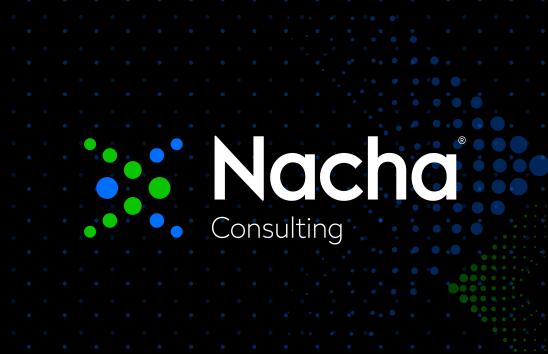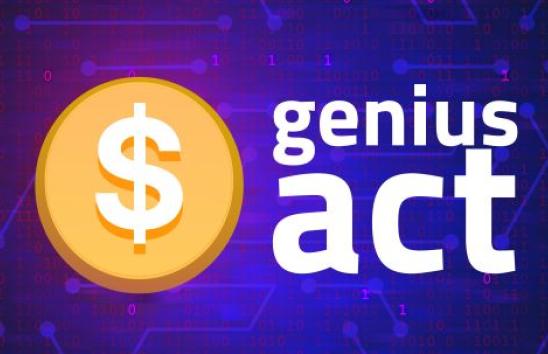How AI Accelerates and Enhances Payment Operations
Author

The speed and scale of modern payment systems demand optimized operations. Yet many back-office workflows still rely on manual intervention for exception handling, returns and reconciliation. AI is changing that—accelerating processing, reducing human touchpoints, and giving end users more control over their payment experience.
AI’s most immediate impact on payments is speed. From intelligent exception handling to automated return code analysis, AI enables real-time decision-making that traditional workflows can’t match. ACH files can be scanned, validated and corrected in minutes. Instant payments—via FedNow or RTP—can be verified, risk-assessed and cleared in milliseconds, supporting round-the-clock processing and meeting service-level terms and conditions. Automation also eliminates slowdowns, ensuring that payment systems can handle growing volumes without compromising performance or accuracy.
Manual tasks, such as reconciling returns, correcting misrouted payments, or managing ACH prenotes and NOCs, consume time and introduce operational risk. AI can introduce smart automation to these processes.
- Predictive models can determine the best return reason for entries that can’t be posted.
- Machine learning can automatically classify and route exceptions, reducing manual decisioning.
- Natural language models can read remittance data and match it to payments, harnessing the power of payment-related data.
Leveraging the power of AI enables operations teams to streamline functions, focusing on areas that are better served by intuition and experience, while leaving manual processes to be conducted more efficiently by the technology.
AI also impacts the end-user experience. Instead of relying on manual processes, which may involve multiple parties and steps, users are increasingly able to self-address issues in real time. For instance:
- If an ACH payment fails, an AI-powered system can notify the user instantly and walk them through correction steps.
- Chatbots and smart interfaces can provide real-time status updates, reducing support inquiries related to outstanding payments.
- AI can identify potential fraud and anonymous activity, proactively reaching out to an end user, confirming if the payment is an issue, and then taking appropriate steps such as locking down the account from future posting, suspending services and payments, and notifying appropriate financial institution staff.
A powerful trend emerging in 2025 is agentic AI—autonomous systems that not only analyze data but take action on behalf of users or teams to meet a desired objective. In payment operations, agentic AI could proactively resolve exceptions, initiate corrective workflows, communicate with counterparties, or reattempt payments using updated information—all without human involvement.
Imagine a system that detects a return, updates the payment instructions based on linked user data, and resubmits the payment in real time, while notifying the operations team only if intervention is essential. That’s the future agentic AI promises—and it’s already on the horizon.
Is your institution considering how it can benefit from AI technology? Are you looking to get started with an AI-related strategy? Nacha Consulting is here to help. Our team of experts is at the forefront of developments in AI related to payments operations and is ready to help you navigate this exciting new future.








